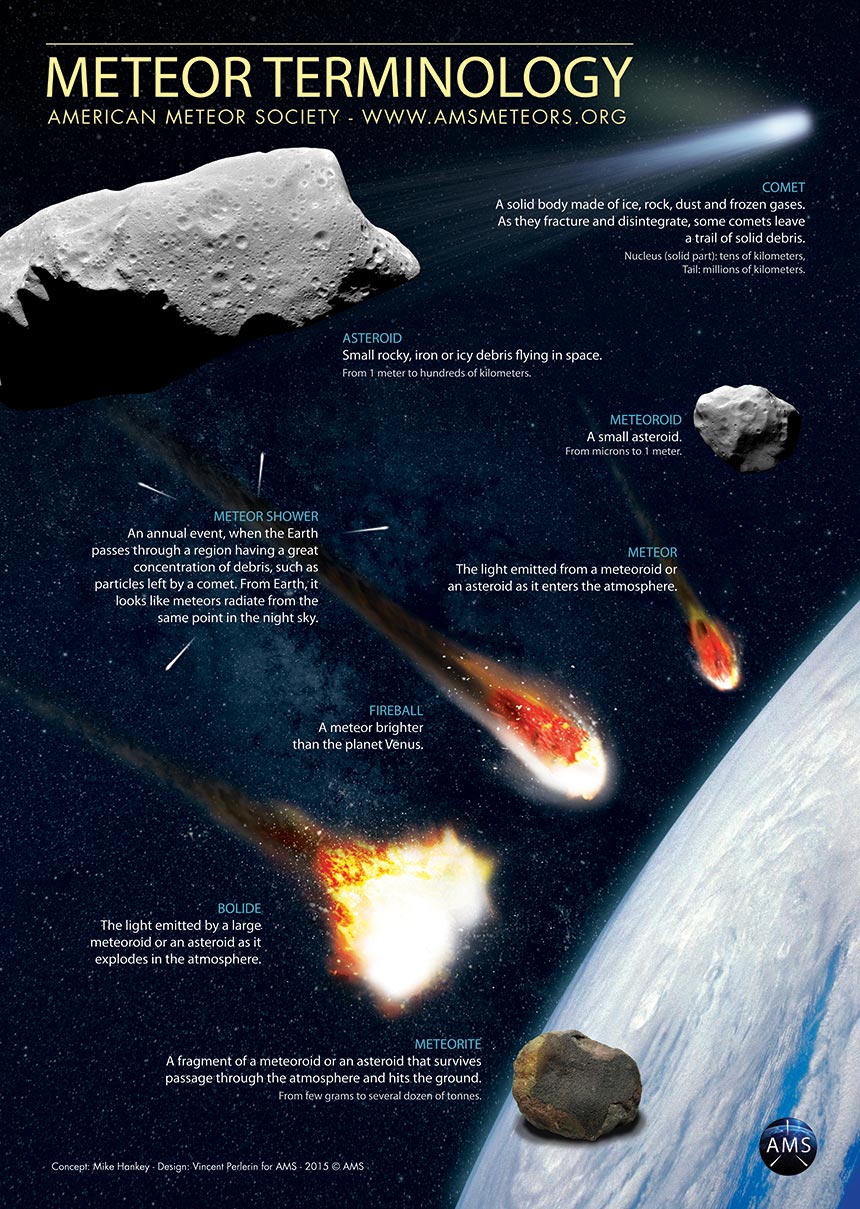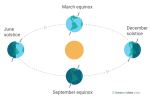![[Sunrise]](https://riverhouses.org/wp-content/uploads/2023/10/sunrise-emoji-300x300.png) This Thursday, June 20th, is the summer solstice, the astronomical beginning of summer in the northern hemisphere. You and your homeschool students can mark this notable annual occasion by watching a live broadcast of sunset and sunrise from Stonehenge, the ancient astronomical landmark in southern England.
This Thursday, June 20th, is the summer solstice, the astronomical beginning of summer in the northern hemisphere. You and your homeschool students can mark this notable annual occasion by watching a live broadcast of sunset and sunrise from Stonehenge, the ancient astronomical landmark in southern England.
The English Heritage organization, caretaker of the Stonehenge site, sponsors the live broadcast via YouTube. Check it carefully to confirm your local times. The Stonehenge sunset will take place about 4:30 p.m. Eastern U.S. time on Thursday the 20th (which is about 9:30 p.m. local time at Stonehenge). The following sunrise will take place about 11:50 p.m. Eastern U.S. time, also on Thursday the 20th (which will be about 4:50 a.m. on the morning of Friday the 21st at Stonehenge). Notice how short the night-time interval is on this “longest day” of the year: only a little more than seven hours at the high latitude of Stonehenge (51ºN).
Stonehenge usually draws large crowds of in-person visitors each year for the summer solstice. And don’t forget that for a live outdoor event like this, success depends on the weather: it may be crisp and clear, or it may be rained out.
What celestial sights and astronomical alignments will you and your students be examining in your homeschool this Hercules Term? 🔭
❡ All the star-sown sky: Teaching your students the major constellations and the names of the principal stars is one of the simplest and most enduring gifts you can give them. Our recommended backyard star guide and homeschool world atlas both contain charts of the constellations that will help you learn your way around the heavens. Find a dark-sky spot near you this month and spend some quality homeschool time with your students beneath the starry vault. ✨
❡ Star bright: If you’d like some light and easy homeschool astronomy lessons, download and print a copy of our annual River Houses Star Calendar and follow along with us month by month as we make twelve heavenly friends-for-life over the course of the year. 🌟
❡ The starry archipelagoes: For a great weekly astronomical essay, perfect for older homeschoolers, pay a visit to “The Sky This Week” from the U.S. Naval Observatory. These well-written pages usually focus on one or two special astronomical events or phenomena. If you have high school astronomy students, have them read these pages aloud to you each week, or ask them to study them and then narrate a summary back to you. 🌌
❡ Watchers of the skies: This is one of our regular Homeschool Astronomy posts. Add your name to our free River Houses mailing list and get great homeschool teaching ideas delivered right to your mailbox every week. 🔭
❡ Homeschool calendars: We have a whole collection of free, printable, educational homeschool calendars and planners available on our main River Houses calendar page. They will help you create a light and easy structure for your homeschool year. Give them a try today! 🗓
❡ Support our work: If you enjoy our educational materials, please support us by starting your regular Amazon shopping from our very own homeschool teaching supplies page. When you click through from our page, any purchase you make earns us a small commission at no extra cost to you. Thank you for helping us to keep going and growing! 🛒
❡ Join us! The aim of the River Houses project is to create a network of friendly local homeschool support groups — local chapters that we call “Houses.” Our first at-large chapter, Headwaters House, is now forming and is open to homeschoolers everywhere. Find out how to become one of our founding members on the Headwaters House membership page. 🏡




